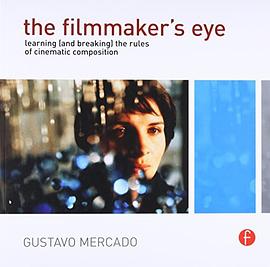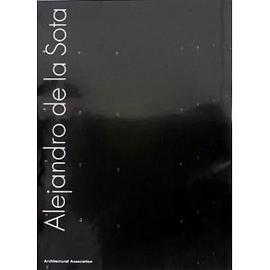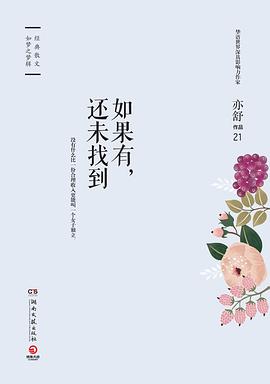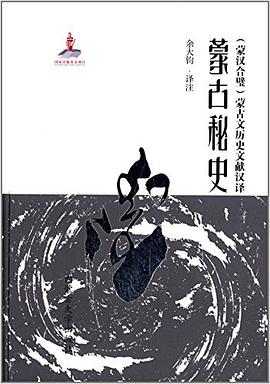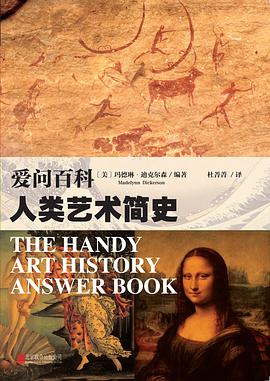The Filmmaker's Eye
内容简介
This is the only book that combines conceptual and practical instruction on creating polished and eloquent images for film and video with the technical know-how to achieve them. Loaded with hundreds of full-color examples, The Filmmaker's Eye is a focused, easy-to-reference guide that shows you how to become a strong visual storyteller through smart, effective choices for your shots. After a short introduction to basic principles, a variety of shots are deconstructed in the following format: Why It Works: an introduction to a particular type of shot How It Works: callouts point out exactly how the shot works the way it does--the visual rules and technical aspects in action Technical Considerations: the equipment and techniques needed to get the shot. Breaking the Rules: examples where the "rules" are brilliant subverted This book: Helps you make smart visual choices with this quick, focused, and visual guide to cinematic composition. Shows you how to master the rules, then break them. Includes examples and discussions from a range of international films.
Amazon Exclusive: A Letter from Gustavo Mercado on The Filmmaker’s Eye: Learning (and Breaking) the Rules of Cinematic Composition
Dear Amazon Readers, Although there are other books out there that deal with the principles of visual composition, I always wanted to have a guide that specialized in the specific requirements that are inherent to the composition of shots intended for telling stories with moving images, also known as cinematic composition. The reason for the differentiation is simple: the composition of shots for movies has developed its own set of conventions, sometimes appropriating concepts from other art forms (like painting or still photography), but also creating its own aesthetic principles and visual language because of its unique characteristics (the fixed size of the frame, the movement of the subject and/or camera, the technology used to capture images, the way images are shown in conjunction with other images, etc.). As you can probably guess, I never found such a guide, so I decided to write The Filmmaker’s Eye: Learning (and Breaking) the Rules of Cinematic Composition to fill the gap in this critical area of filmmaking. This book combines, for the first time, a specialized, focused guide to the most common and basic shots of the film vocabulary, from the extreme close up to the extreme long shot (also including chapters on the over the shoulder, macro, establishing, and moving camera shots). The Filmmaker’s Eye examines the main aspects that make these shots work: the rules of cinematic composition used in their creation, the techniques and equipment necessary to implement them, and their most common narrative function as shown in examples from mainstream, independent, and world cinema. This approach allows you to understand not only why a particular shot type is usually composed in a certain way, but also how it is used to convey meaning and how to shoot it whether you are working on film or HD video. It is my sincerest wish that this book will help deepen your understanding of cinematic composition, whether you are on a film shoot setting up your next shot, or just enjoying one of your favorite movies. Have fun! --Gustavo Mercado
Amazon Exclusive: Top Ten Tips from Gustavo Mercado to Improve Your Cinematic Compositions
Use a director’s viewfinder, a still camera, or any other instrument that allows you to create a frame to see the world around you. Good compositions work not only because of what is included in the frame, but also because of what is left out of it. Using any device (even your hands) to create a frame will allow you to train your eye and better understand the visual relationships of the elements contained within it. Know what your lenses can and cannot do. The lens you choose can radically alter the visual relationships between elements in your frame; understanding how different lenses affect space, the look of your subjects, and the amount of light you can work with is fundamental if you want to have complete control over your images. Use depth of field as a creative element of your composition. Choosing what is in and out of focus is one of the most powerful ways to control the information contained in your frame, and therefore shape what an audience gets out of your compositions. Have a clear understanding behind the narrative function of your composition. A good storyteller knows how to emphasize certain moments in a story and details in a frame. It is imperative that you understand the dramatic purpose behind the moment you are capturing so that you can arrange the visual elements within the frame accordingly. Ask yourself: what do I want the audience to get out of this particular shot and how can I make it express that? Know the basic rules of composition and why they work. While this might seem obvious at first, the key here is not only to be familiar with the rules, but also to understand how and why they function, in essence, why did they become rules in the first place? Only when you know the concept behind the rule can you apply it in an expressive way. Learn how to break the rules. Every rule was created by individuals not following the rules; somebody decided to place a camera really close to a subject one day and gave birth to the close up. Of course, breaking the rules intelligently only works after you learn them (see previous tip)! Be familiar with the limitations and advantages of all your equipment. Creating visually compelling compositions requires not only your artistic insight, but also your technical skills. You may have an amazing composition in your mind’s eye that gets completely undone by the time you shoot it because you were unaware your camera could not run at a particular frame rate, or you did not have enough lights to get the look you wanted. Keep in mind how each individual composition will function when juxtaposed with the rest of the images in your film, and be aware of how their interaction adds meaning as a whole. Whether you intend to or not, your story will have an image system at work, so you should have a plan for how every composition you create fits within this framework. Make it a habit to scan the entire frame before you roll camera. Even experienced directors of photography fall into the trap of getting so caught up by a single aspect of a composition that they forget to look at every visual element in the frame, often ruining what would have been beautiful shots. Do your research. I find it extremely helpful to create a portfolio of images in preparation for a project. It can include pictures taken from magazines, examples from still photography books, paintings, other films, and any other image that you feel captures the tone, mood, and visual palette you want to implement for your film.
......(更多)
作者简介
......(更多)
目录
......(更多)
读书文摘
观众认为,画面中任何内容都是有特别意义的,都与正在放映的电影有着直接的关系,那些内容可以帮助他们理解影片。 画面中的细节、位置、清晰程度都会影响观众对它们在故事中重要程度的理解。
......(更多)
